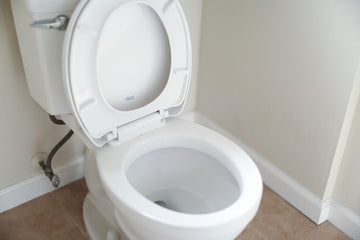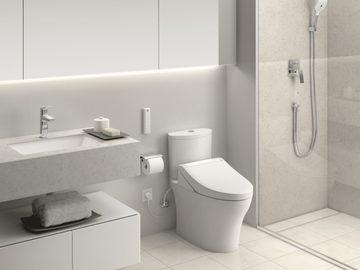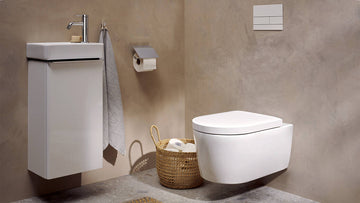In today's world, where environmental sustainability and resource conservation are paramount, the role of toilets in water conservation cannot be overstated. The modern toilet, often overlooked, is a pivotal player in the quest to conserve water. This article delves into the myriad ways toilets contribute to water conservation, focusing on both the technology behind them and their impact on global water usage.
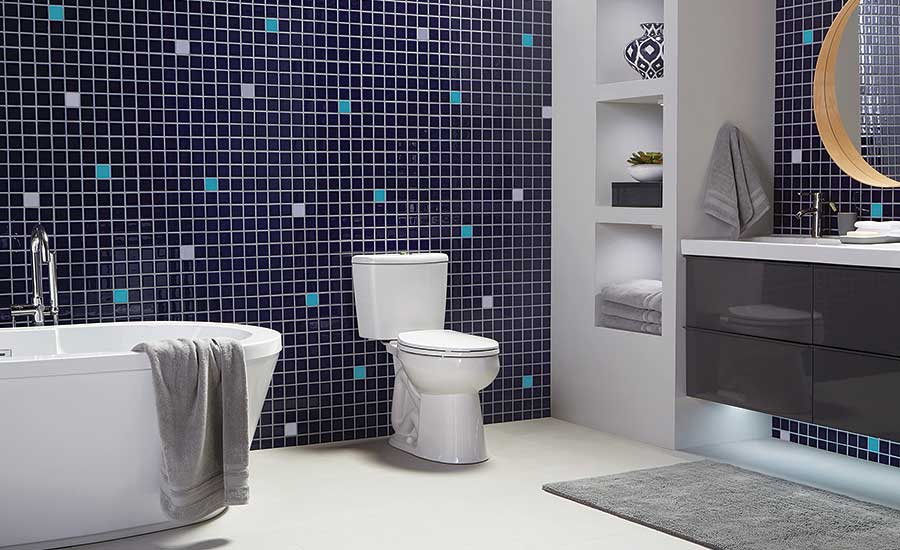
Understanding the Water Footprint of Toilets
The average toilet accounts for about 30% of a household's water use, making it a significant factor in water conservation efforts. Traditional toilets can use anywhere from 3.5 to 7 gallons of water per flush. However, with advancements in toilet technology, newer models have been designed to use significantly less water.
For instance, water-saving toilets for families can drastically reduce water usage, utilizing as little as 1.28 gallons per flush. This shift not only conserves water but also reduces the burden on municipal water systems and decreases household water bills.
The Evolution of Toilet Technology
The evolution of toilet technology has been instrumental in enhancing water conservation. One of the most notable innovations is the dual-flush toilet, which offers two flush options: a half-flush for liquid waste and a full flush for solid waste. This design allows for a significant reduction in water usage, as users can choose the amount of water needed for each flush.
Comparing dual-flush vs single-flush toilets reveals the potential water savings. Dual-flush toilets can save up to 67% more water than traditional models, making them an excellent choice for environmentally conscious consumers.
The Impact on Global Water Resources
Globally, water is a finite resource, and its conservation is crucial for sustaining future generations. Toilets play a significant role in this endeavor by reducing the overall demand for water. High-efficiency toilets (HETs) are designed to use less water per flush while maintaining performance and reliability.
By installing high-efficiency toilets, households and businesses can significantly cut down on water consumption. This reduction not only helps preserve local water supplies but also decreases energy usage associated with water treatment and distribution.
Consumer Choices and Environmental Impact
Today's consumers have the power to make informed decisions that contribute to water conservation. By opting for water-efficient toilets, individuals can play a crucial role in reducing their environmental footprint. Furthermore, the availability of water-saving toilet accessories enhances the potential for conservation efforts.
The environmental impact of toilets extends beyond water usage. Manufacturing and disposing of toilet components also have ecological implications. Therefore, choosing durable, long-lasting products is essential for minimizing environmental harm. Water-efficient toilet comparison charts can aid consumers in selecting the best models for their needs, balancing cost, efficiency, and durability.
Regulatory Standards and Incentives
Regulatory standards play a vital role in promoting water conservation through toilet design. Governments and environmental organizations have established guidelines to ensure toilets meet specific water efficiency criteria. For example, the EPA's WaterSense program certifies products that use at least 20% less water than standard models without sacrificing performance.
Additionally, incentives such as rebates and tax credits are available to encourage consumers to upgrade to water-efficient toilets. These financial benefits not only offset the initial costs of purchasing new toilets but also promote long-term savings through reduced water bills.
Future Trends in Toilet Design
The future of toilet design is promising, with ongoing advancements in technology and materials. Innovations such as self-cleaning toilets, sensor-activated flush systems, and composting toilets offer exciting possibilities for further water conservation.
Moreover, the integration of smart technology into toilets is paving the way for more efficient water usage. Smart toilets can detect leaks, monitor water usage patterns, and provide real-time data to users, empowering them to make informed decisions about their water consumption. These advancements are expected to play a significant role in water conservation efforts moving forward.
Conclusion
The role of toilets in water conservation is undeniable. As a critical component of household water usage, they offer significant potential for reducing waste and promoting sustainability. By understanding the impact of toilet technology, making informed consumer choices, and embracing innovative designs, individuals and businesses can contribute to a more sustainable future.
For more tips on how to conserve water at home, visit Home Water Works.
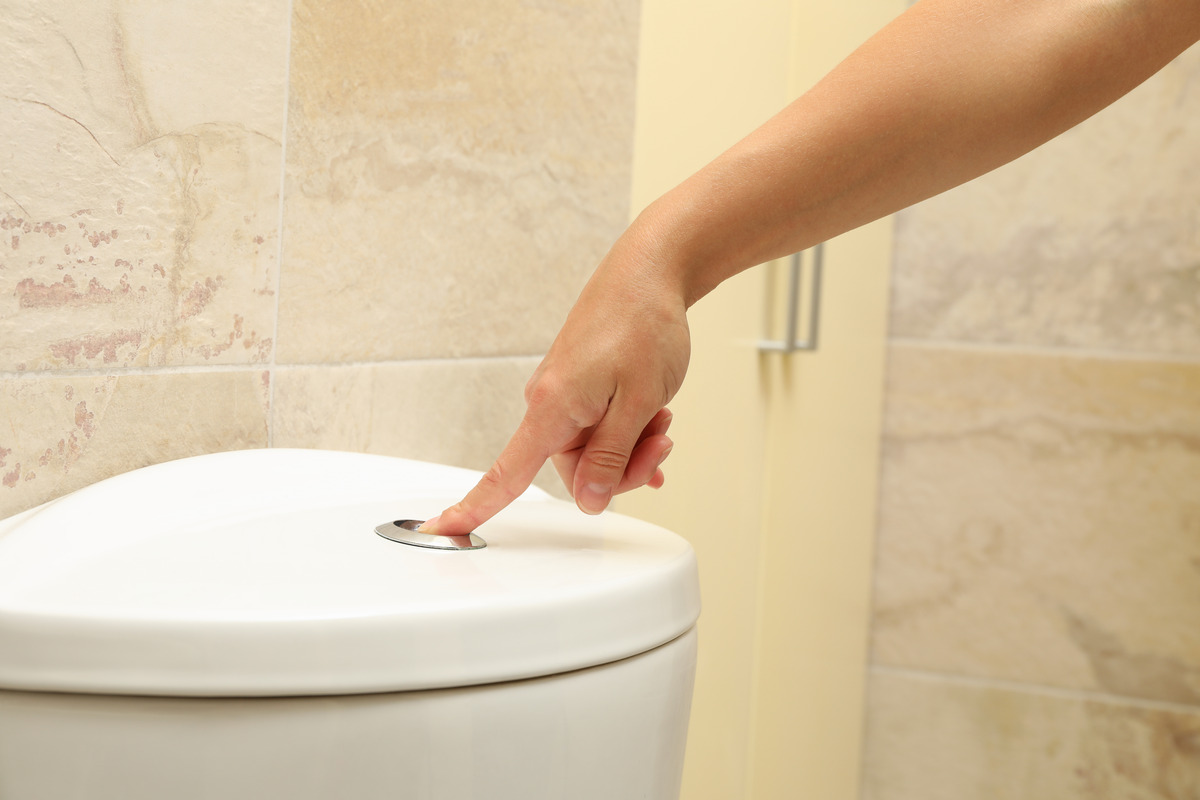
FAQ
What is the average water usage of a traditional toilet?
Traditional toilets can use between 3.5 to 7 gallons per flush, contributing significantly to household water consumption.
How can dual-flush toilets help in water conservation?
Dual-flush toilets offer a half-flush for liquid waste and a full flush for solid waste, reducing water usage by allowing users to select the appropriate flush volume.
Are there incentives for installing water-efficient toilets?
Yes, many governments and organizations offer rebates and tax credits for installing water-efficient toilets, promoting conservation and reducing water bills.

